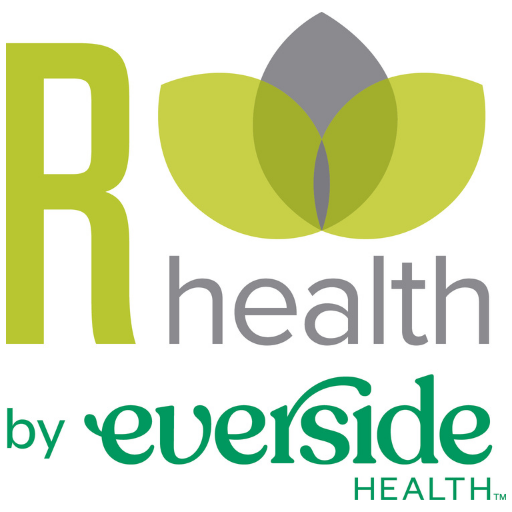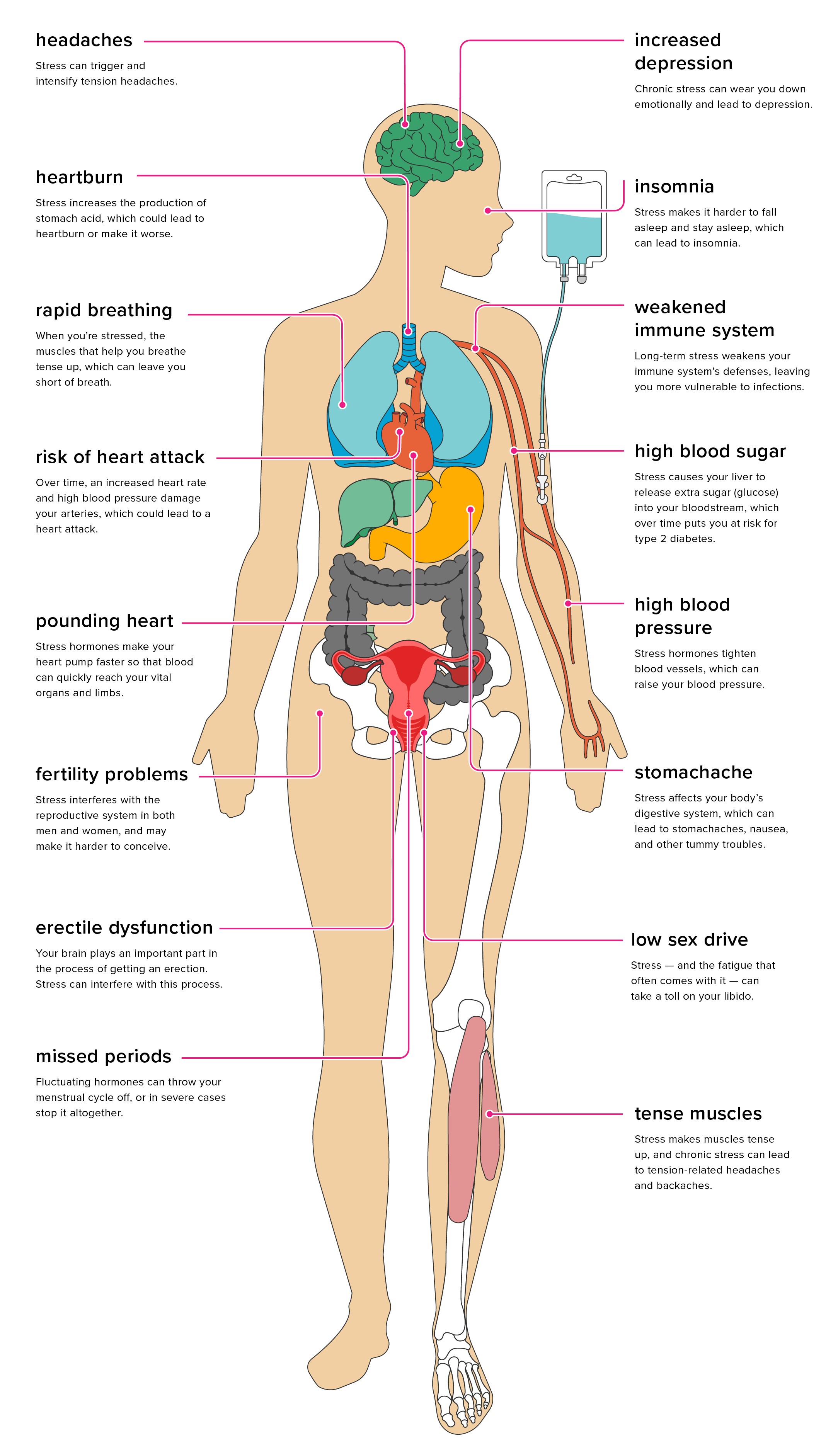Primary Care Isn’t Secondary
Primary care matters, plain and simple. Though in recent years it seems to be undervalued, primary care remains in fact a central part of everyone’s long-term health. How big of a role? According to the American Academy of Family Physicians (AAFP), areas with higher concentrations of primary care physicians are linked to lower death rates for cancer, heart disease, and stroke, while also leading to lower level of hospital admissions.
Primary care also helps lower the costs healthcare presents. In addition to fewer hospitalizations, there’s less duplication of treatment as well as better use of technology, all cumulating into 33% lower healthcare related costs.
Primary care reinforces the doctor-patient relationship allowing for a “continuity of care.” You’re able to establish a relationship and build upon it year after year while receiving tangible benefits like acute, chronic, and preventive care, along with a wide range of other services. R-Health’s Direct Care Model allows for this multi-faceted, consistent approach.
- Family Care – We’re able to see and treat family members of all ages. Having this continuity and trust allows the full scope of one’s health to put into context, especially how it may relate to the rest of the family. Having a strong relationship within the family helps the doctors with insight knowledge, given them understanding on health patterns that you may be facing, and can even save you from unnecessary tests.
- Unlimited Access – Having a doctor to take care of the family is great, unless they’re unavailable. That’s not a problem with R-Health’s Direct Care model due to the 24/7 unlimited access available for patients to their doctors. Phone calls, a secure mobile app, and a member portal are just a few of the ways you’re able to stay in contact with your doctor no matter where you’re at.
- Convenience – Not only are there no co-pays, but with the use of our data and technology systems, coupled with the care coordination, we remove the barriers to the doctors and our doctors help members navigate a complex health care system seamlessly.
Great primary care allows you to see the bigger picture. A doctor who can take care of all your needs, both long-term and short-term. And a model of healthcare that saves costs, but not at the expense of the doctor-patient relationship or the diverse health network that’s available.


